Ink and Blood
Arthur Szyk may well be the only great Jewish artist whose work countless people recognize simply because they have attended a Passover Seder. First published in 1940 and still a Passover favorite, Szyk’s The Haggadah, with its striking mix of modern and ancient imagery, has imprinted itself on our communal holiday memory of the retelling of the exodus from Egypt.
Less well known are the explicit connections between the Egyptian pharaoh and Hitler that Szyk had embedded in his original version of the haggadah he created in the 1930s. It also featured swastika-bearing Egyptian taskmasters and a sinuous serpent with a row of swastikas on his back. Szyk painted them over to ensure publication, but there’s no mistaking the anti-Nazi message that remained in his sarcastic depiction of the “wicked” son as an assimilated German Jew proudly sporting Bavarian-style riding gear and a Hitler-like mustache. Nor was his haggadah Szyk’s only political salvo before, during, or after World War II. As a self-described “soldier in art,” he wielded brush and palette as a weapon throughout the 1930s and 1940s to attack fascism, plead for the rescue of European Jewry, and argue the case for an independent State of Israel. His illustrations and drawings were animated and passionate, seen in biting political cartoons in newspapers around the country, on the covers for such mass-market magazines as Time and Collier’s, and on numerous posters, programs, and other printed materials.
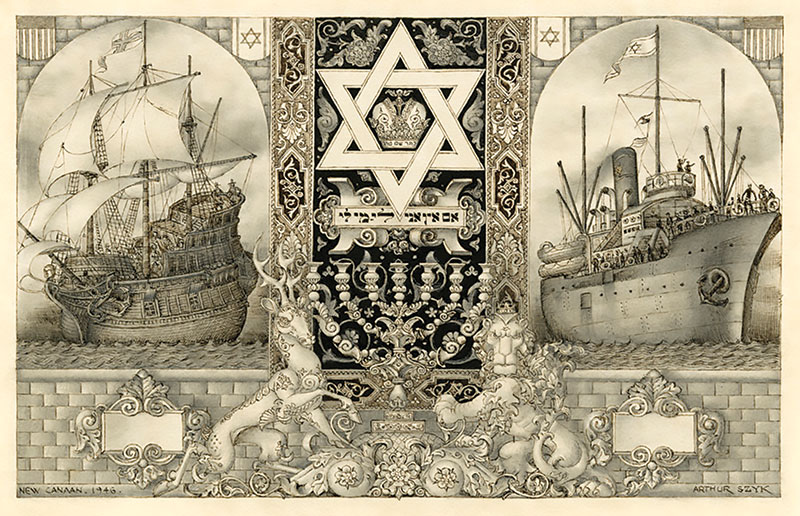
Szyk’s activist art represents only one aspect of his highly successful career—his vibrant illustrations of the fairy tales of Hans Christian Andersen, Chaucer’s The Canterbury Tales, and other literary classics embody another—but it is the most dramatic. It is also the central focus of an invigorating exhibition currently at the New-York Historical Society and its accompanying catalogue, both titled, appropriately enough, Arthur Szyk: Soldier in Art.
The 45 works on display at the New-York Historical Society provide a choice sampling of Szyk’s career from the 1930s onward. Here are savage anti-fascist caricatures of Hitler, Mussolini, and Hirohito; in one, titled Murder Incorporated, they hold a pirate flag of skull and bones. To commemorate the Warsaw Ghetto uprising, he paints Jewish fighters as muscular, modern-day Samsons.
In the scathing drawing De Profundis, published in the Chicago Sun in February 1943, Szyk portrays a huddled mass of dying and dead Jews, over which Jesus holds the tablets of the Ten Commandments, with the text “Cain, where is Abel thy brother?’” Also from 1943, Ballad of the Doomed Jews of Europe further indicts Western indifference to the annihilation of European Jewry with a poem by Ben Hecht illustrated with images of traditionally garbed Jews dangling from nooses and a snoozing United States soldier indifferent to the urgent ringing of a telephone bringing news of the horrors. And then there are Szyk’s rousing patriotic works rallying Americans to support the war effort, the most famous being Arsenal of Democracy, a panorama of determined American workmen pounding out the weaponry needed to win the war, set against New York harbor with the Statue of Liberty in the background and a slithering snake decorated with swastikas that Szyk did not paint over this time. The image appeared on the cover of Collier’s magazine—and on the covers of the Manhattan and Brooklyn telephone directories. Nor did Szyk cease and desist fighting for world Jewry at the conclusion of World War II. A particularly strong Zionist statement from 1946 juxtaposed a depiction of the Mayflower with an “illegal” ship bearing Jewish survivors of the Holocaust en route to Palestine, where the British would turn them away.
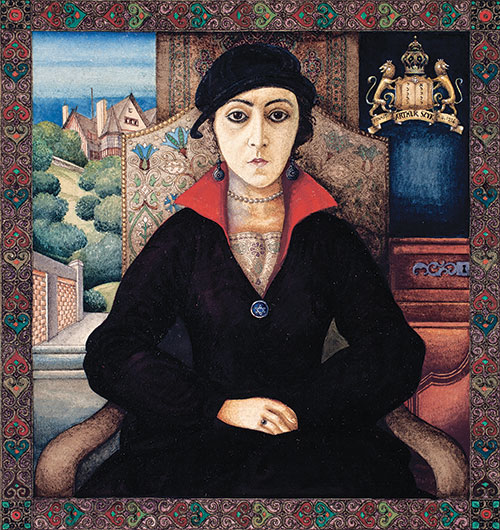
The facts of Arthur Szyk’s biography reflect the currents of his era. He was born in 1894 in then Russian-occupied Lodz, Poland, the son of nonobservant middle-class Jewish parents. After he showed an early prowess in art—he liked to sketch scenes from the Bible—his parents sent him to Paris. There, between the ages of 15 and 18, he studied at the Académie Julian art studio. Already concerned about political and social issues, he also began contributing political cartoons to Polish newspapers.
The year 1914 marked his first and only visit to Palestine, six months that solidified his Zionism. Seeing Jewish settlers and farmers at work was a powerful experience that stayed with him throughout his career (witness The Haggadah’s idyllic image of a yarmulke-wearing sower seeding the field with grain). When World War I began later that year, Szyk was conscripted into the Russian army. He left (or perhaps escaped, the record is not clear) after fighting against the Germans in the Battle of Lodz, and spent the rest of the war in Poland. Yet the years 1919 to 1921 found Szyk in a soldier’s uniform once more—this time, as a second lieutenant fighting against the Soviet Union, in the Polish-Soviet War.

In 1921, with his wife Julia, he moved to Paris. Over the next dozen years, Szyk developed his craft. One sees direct influences from the painters of the Italian Renaissance, as in Szyk’s 1926 portrait of his wife, in which an open window reveals a walled garden and azure sky. But most of all, he pays homage to the illuminated manuscripts of the Middle Ages and Renaissance through elaborate decorative borders, the use of panels and insets that tell multiple stories at once, abundant images of coats of arms both fantastical and made up, animals both real and mythical, and exquisite calligraphy, all suffused with brilliant color.
These elements come vividly alive in his late 1920s series of 45 watercolor and gouache miniature paintings illustrating, and reminding contemporary viewers of, the so-called Jewish Magna Carta, the 13th-century Statute of Kalisz. The statute guaranteed the Jews of Poland fair treatment, James Kettlewell writes in his catalog essay, “protecting [them] against a long list of abuses, many of which had begun reappearing in Szyk’s own time.” One of the illustrations depicts contemporary Polish Jews plying their various crafts and trades (shoemaking, baking, weaving, blacksmithing, and so on), making a statement about the roles Jews played in the past in the life of Poland with an implicit expectation that they would continue to do so in the future. It is a poignant work that speaks to Szyk’s identity as both a Jew and a Pole, and it also sets the stage for the political works to come.
By the time Hitler came to power in 1933, Szyk had already successfully exhibited his work in France and Poland, published several illustrated books (including his brilliant Book of Esther), and received awards for his work from both the French and Polish governments. He was also preparing for a visit to the United States, where yet another work—his 38-painting series about George Washington and the American Revolution—was to be exhibited at the Brooklyn Museum and the Library of Congress as part of the celebration of Washington’s 200th birthday. In 1934, Szyk returned to Europe—to Lodz—and began his haggadah.
The Haggadah is generally regarded as Szyk’s artistic masterpiece. One needs a magnifying glass to fully explore the elegant intricacies of its border patterns, which are often interspersed with delicate calligraphy and miniature figures of humans and animals. Szyk collector and scholar Rabbi Irvin Ungar also points to the book as a Jewish call to action. “In need of militant role models to inspire his fellow Jews to fight back, Szyk’s Moses is a muscular leader, his David takes down Goliath, his Elijah slays Ahab, and his Judith beheads Holofernes,” Ungar writes.

Szyk’s fighting message was unmistakable, notes Holocaust scholar Michael Berenbaum in his catalog essay “Arthur Szyk: The Artist as Soldier, the Artist as Messenger,” and he carried it to London, where he lived from 1937 to 1940, and then to the United States, where he and his family immigrated and spent the rest of their lives. “Only an immigrant can love his country—even a newly adopted country—in the way we experience in the work of Arthur Szyk,” writes retired museum director Tom L. Freudenheim in his catalog essay “Arthur Szyk: Immigrant as Quintessential American Patriot.” Szyk’s dedication to American ideals of democracy, expressed in his earlier series on George Washington, reappear in his 1942 quartet of watercolors depicting a knight defending the Four Freedoms that President Franklin Delano Roosevelt had highlighted in his 1941 State of the Union address. After WWII, Szyk continued his fight for democracy with scathing political cartoons condemning racism, advocating for civil rights, and attacking McCarthyism. In 1951, two years after Szyk was himself named as a target of the House Un-American Activities Committee, he suffered a heart attack and died.
Despite Szyk’s popularity in life, after his death his work fell into neglect, with the exception of The Haggadah and a handful of his other illustrated books. But his reputation is clearly on the rise again, perhaps due to the strong political nature of his work and also to the greater scholarly recognition paid to graphic art and illustrations today than in the past. Earlier this year, the San Francisco area–based Taube Philanthropies’ gift of $10.1 million allowed the Magnes Collection of Jewish Art and Life at the University of California, Berkeley to acquire a collection of 450 pieces of Szyk’s art, purchased from the collection of Rabbi Ungar. Plans are under way, says Magnes curator Francesco Spagnolo, for making the entire collection available digitally by 2020. In the meantime, a small exhibition of Szyk’s work is on display at the library. Among the recent visitors were a 10-year-old boy and his sister. “They were absolutely mesmerized by the intricacy of the details of Szyk’s work,” Spagnolo says. “The vibrancy of Szyk’s work continues to resonate.”
Comments
You must log in to comment Log In
Suggested Reading
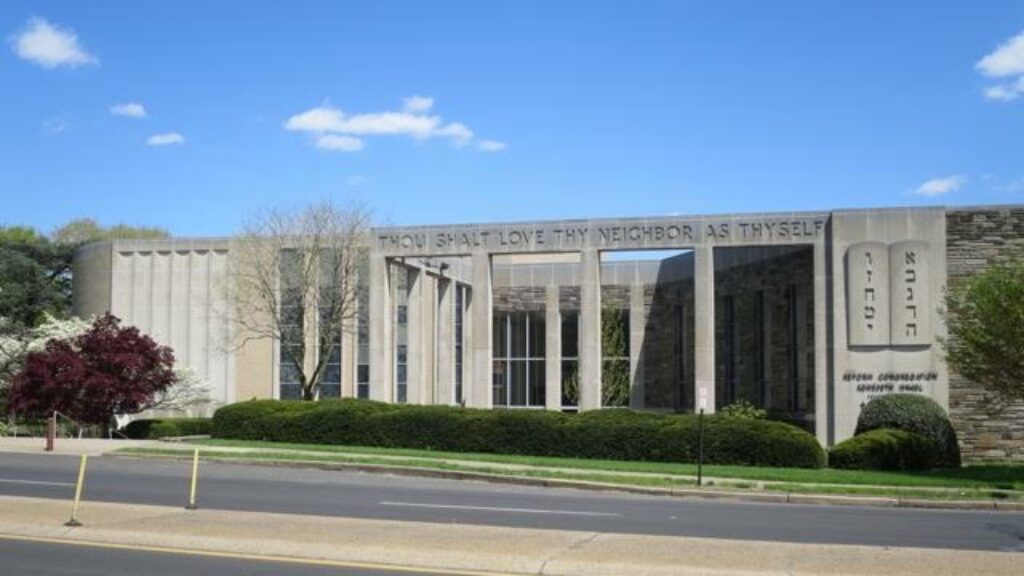
Atah Manhig: A Life in Reform Judaism
Lance Sussman's book of sermons are a window into Reform Judaism and a beacon of American optimism.
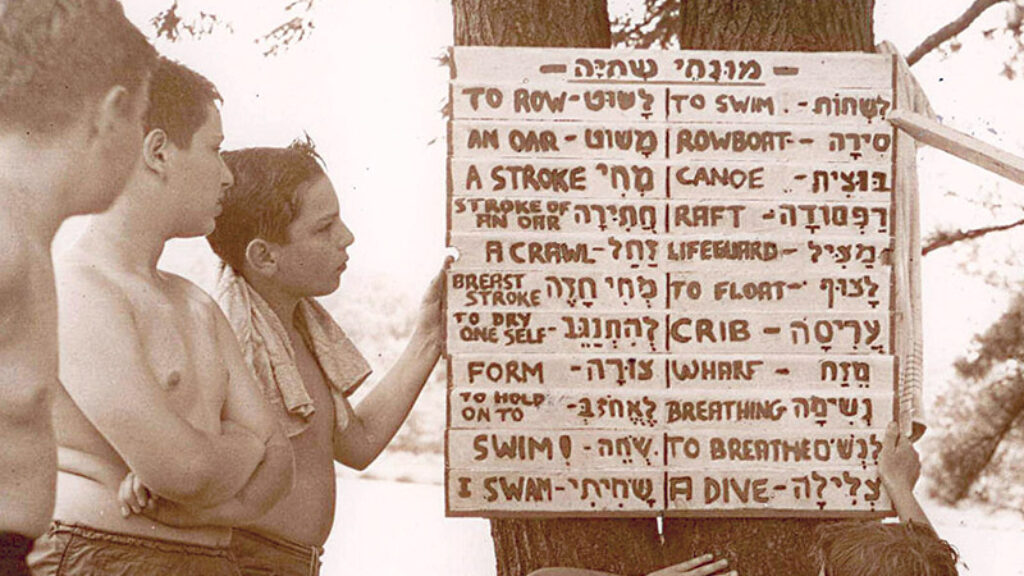
Those Days Are Gone Forever
What, exactly, is camp spirit?
Living in the USA
Moving to Israel has clouded Gordis’ ability to understand the American Jewish scene, argues Jeremy Kalmanofsky.
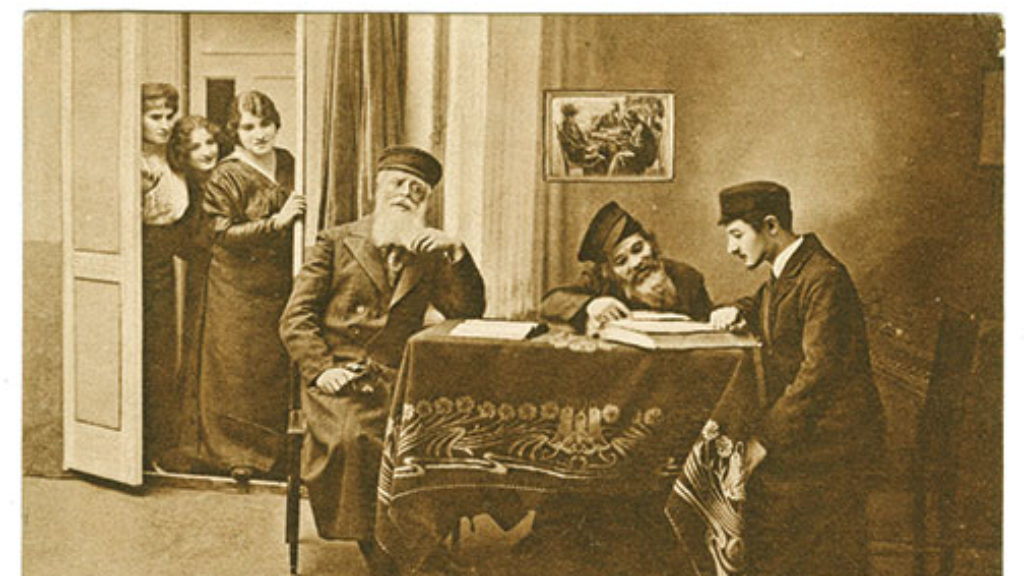
What’s Yichus Got to Do with It?
For the whole history of Jewish society, until less than two hundred years ago, love and attraction played little or no role in the making of marriages, which were arranged and contracted according to the interests—commercial, religious, and social—of the families involved.
gershonhepner
COVENANT OF KALISZ AND HABEAS CORPUS
The 13th-century Covenant of Kalisch, that's called
by some the Jewish Magna Carta,
is not, and every Jewish martyr
by this description of it would be much appalled.
Habeas corpus, Magna Carta's greatest rule,
in this Covenant did not appear.
Not only did the Poles at Yidden jeer,
their bodies they sometimes burned in a shul,
committing thus a habeas corpus violation.
Although a fine Jew, Artur Szyk,
great mavin and great maverick,
would in his illustrations show the Polish nation
in a good light, enabling Jews to bake and weave,
in contrast to the Germans who
once tried to wipe out every Jew,
but was misleading when he made the world believe
the Covenant of Kalisch guaranteed the lives
of Jews. Belief in guarantees
means putting trust in legalese,
of documents that rest in peace in enemies' archives,
sometimes on parchment, but more commonly on scraps
of paper like the one once signed
by Neville Chamberlain in Munchen,
by Adolf taken out to luncheon,
futility of guarantees as “Munich” now defined.
Many Polish politicians now are in denial
of how the Poles ignore the Cov-
enant that Artur Szyk would love,
artistically at least a great Polonophile.
His Hagaddah is a more worthy monument, explaining
why Jews survive; no Covenant
made by the goyim can supplant
their need for Jewish haganah, shown in no painting.
[email protected]